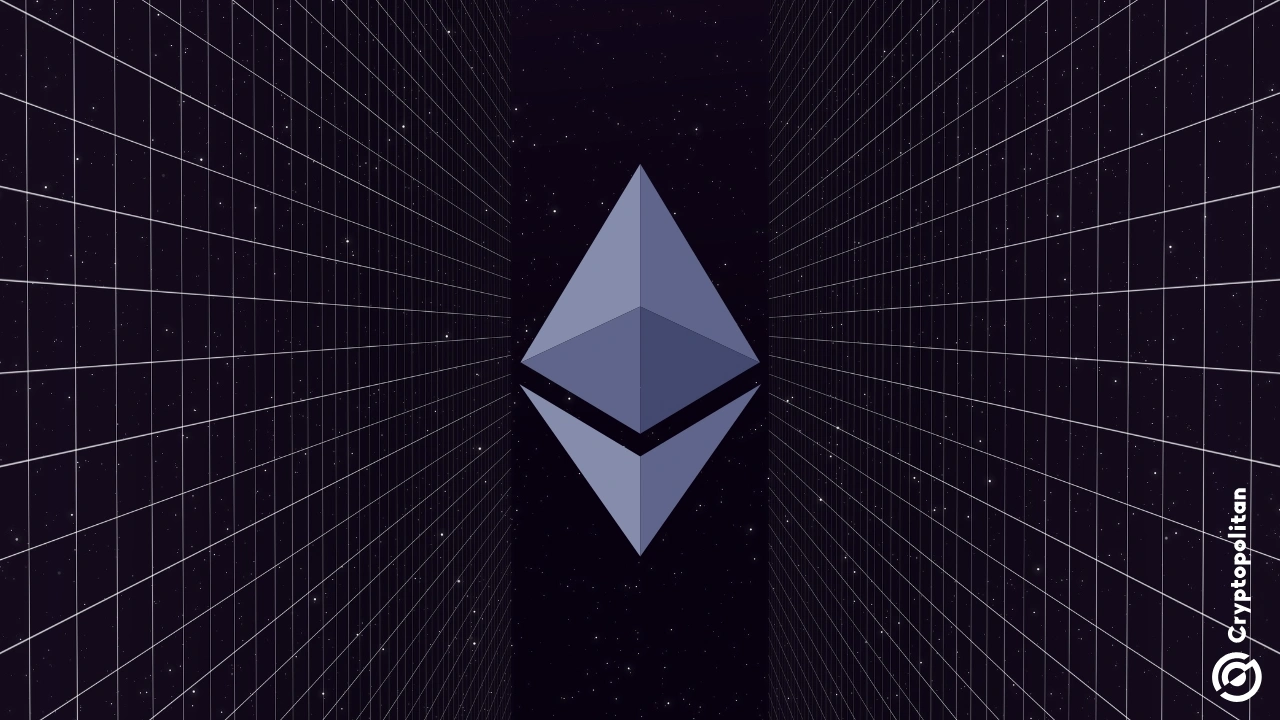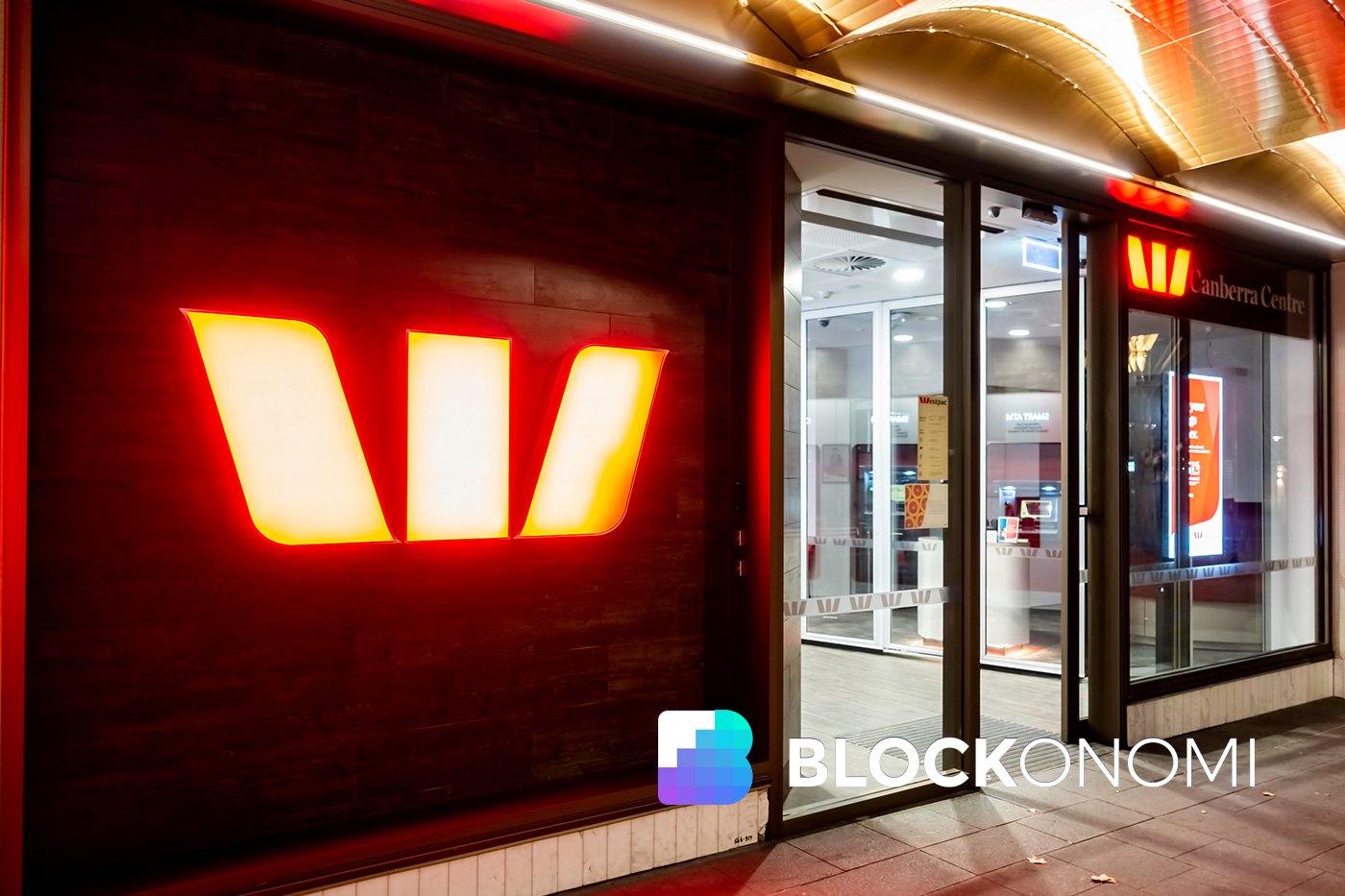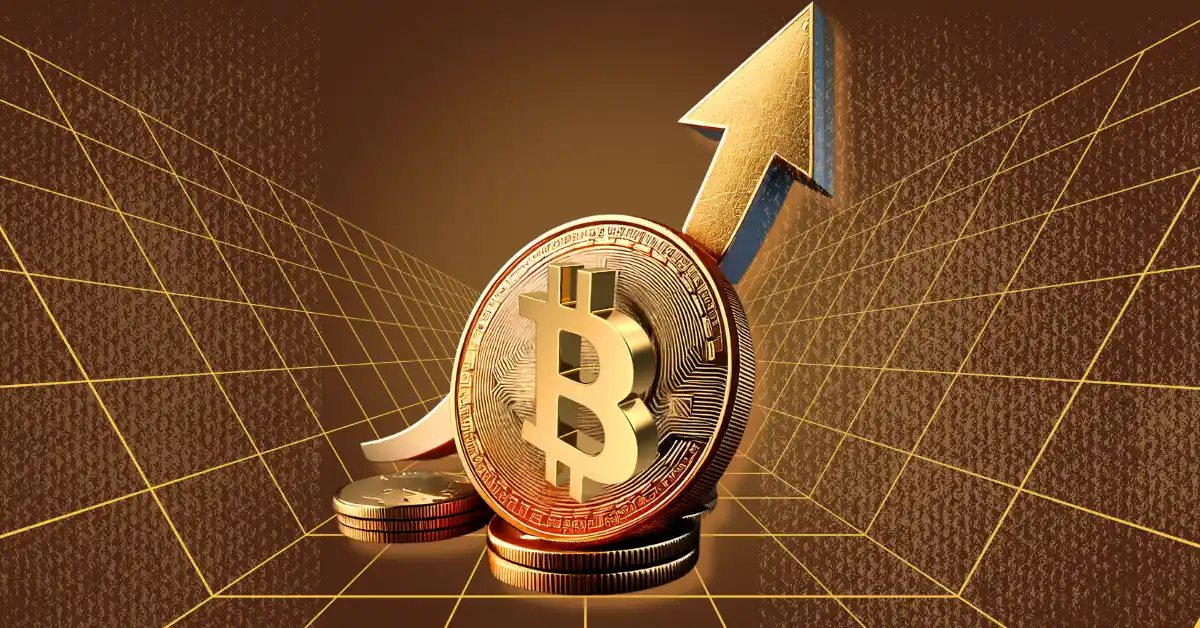Exploring the World of Ethereum: Understanding the Impact of Low Fees and L2 Protocols
Ethereum (ETH), the second-largest cryptocurrency by market capitalization, has recently been making headlines for its exceptionally low transaction fees. These fees have been made possible through the implementation of Layer 2 (L2) scaling solutions. Let’s delve deeper into this topic and understand the implications of these low fees for both individual users and the global community.
Impact on Individual Users
With Ethereum’s current low fees, users can now engage with decentralized applications (dApps) and non-fungible tokens (NFTs) more affordably than ever before. This is a significant shift from the network’s previous high gas fees, which often priced out potential users and hindered the adoption of decentralized technologies. The reduced fees have opened up the Ethereum ecosystem to a broader audience and have encouraged increased usage. For instance, NFT sales have seen a surge in popularity, with record-breaking sales of digital art and collectibles.
Impact on the Global Community
The low fees on Ethereum have far-reaching implications for the global community. By making decentralized technologies more accessible, Ethereum is promoting financial inclusion and democratizing access to digital assets. This can potentially lead to new business models, increased innovation, and the creation of new industries. Moreover, the reduced fees make Ethereum a more attractive option for businesses looking to build decentralized applications or issue their own digital currencies.
L2 Protocols: The Key to Ethereum’s Low Fees
So, what exactly are L2 protocols, and how do they contribute to Ethereum’s low fees? L2 protocols are solutions that build upon the Ethereum blockchain to process transactions off-chain, thereby reducing the load on the main Ethereum network. These protocols create their own mini-blockchains, which validate and finalize transactions before broadcasting them to the Ethereum mainnet. As a result, users pay only a small fee for the transaction to be processed on the Ethereum mainnet, effectively eliminating the need for high gas fees for most transactions.
A Look at the Numbers
According to data from various sources, Ethereum produced around $100,000 in fees in the past 24 hours. This is a stark contrast to the network’s peak fees of over $20 million in May 2021. This drastic reduction in fees is largely due to the increasing adoption of L2 protocols, such as Optimistic Rollups, Zk-Rollups, and Plasma.
The Future of Ethereum: A World of Opportunities
The future of Ethereum looks promising, with the potential for continued growth and innovation. The implementation of L2 solutions has made the network more accessible and affordable, paving the way for increased adoption and usage. As more businesses and individuals discover the benefits of decentralized technologies, Ethereum is poised to play a significant role in shaping the future of finance and the digital economy.
- Ethereum’s low fees have made decentralized technologies more accessible to a broader audience.
- L2 protocols have played a crucial role in reducing Ethereum’s fees by processing transactions off-chain.
- The reduced fees have led to increased adoption of NFTs and other decentralized applications.
- Ethereum’s future looks promising, with continued growth and innovation in the decentralized space.
In conclusion, Ethereum’s low fees and the implementation of L2 protocols have opened up new opportunities for individuals and businesses in the decentralized world. This shift towards more affordable transactions has encouraged increased adoption of decentralized technologies, leading to new business models and the creation of new industries. As Ethereum continues to evolve, it will undoubtedly play a significant role in shaping the future of finance and the digital economy.





